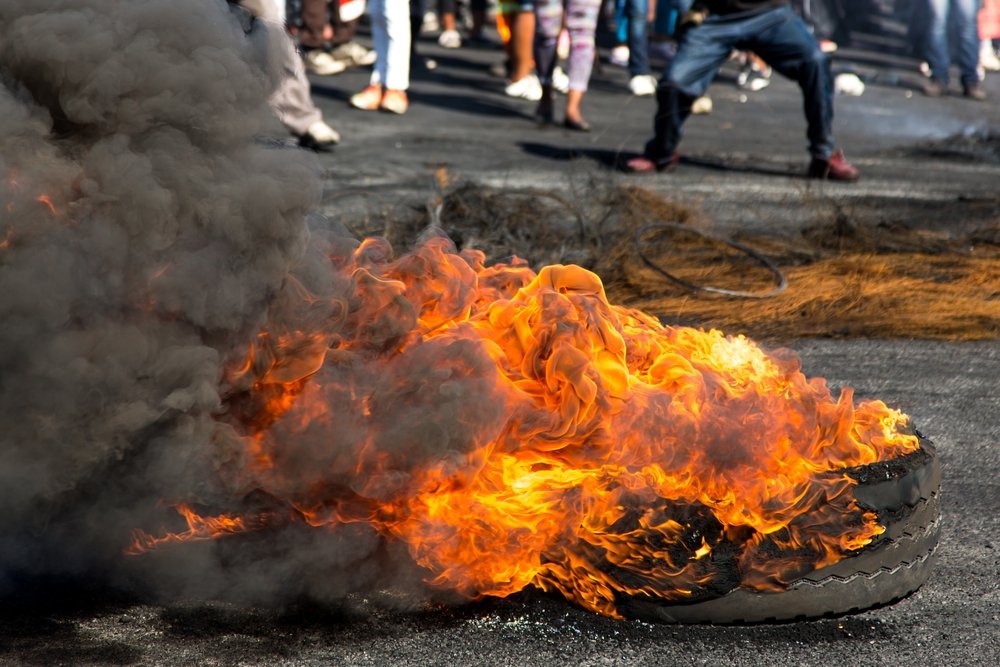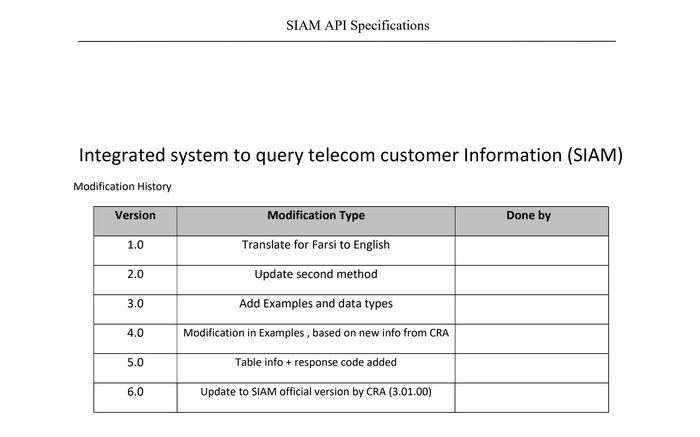The Intercept reports that protesters in Iran “often wonder how the government to trace their locations or gain access to their private communications, tactics that are widely used but whose mechanisms are essentially unknown”.

The Intercept though presents new evidence:
Disconnecting large sections of the population from the web remains a favorable tool for the Iranian state censorship, but the government has much more expensive and sophisticated tools.
Part of Iran's data suppression can be explained through the use of a system called "SIAM", a program for remote management of mobile connections used by the Communications Regulatory Authority of Iran. The existence of SIAM and the details of how modeof the system, reported for the first time, are presented by The Intercept in a series of internal documents from an Iranian mobile operator.
According to these internal documents, SIAM is a computer system that operates behind the scenes of Iran's mobile networks, providing its operators with a wide menu of remote commands to change, interrupt and monitor how their customers use their phones.
Click on the image below to read the documents
The tool can slow down their data connections, break the encryption of phone calls, track the movements of individuals or large groups, and produce detailed metadata summaries of who spoke to whom, when and where.
Such a system has helped the government quietly quell ongoing protests — or tomorrow's — an expert who reviewed the SIAM documents told the Intercept.
"SIAM can control if, where, when and how users can communicate," explained Gary Miller, a mobile phone security researcher and fellow at the University of Toronto's Citizen Lab.
"In this sense, it is not simply a surveillance system, but a system of repression and control that limits users' ability to disagree or protest."






